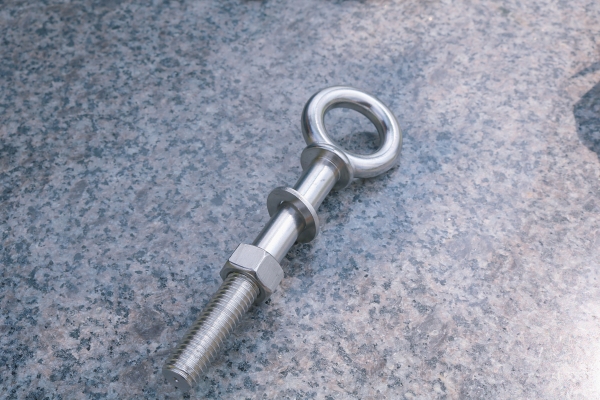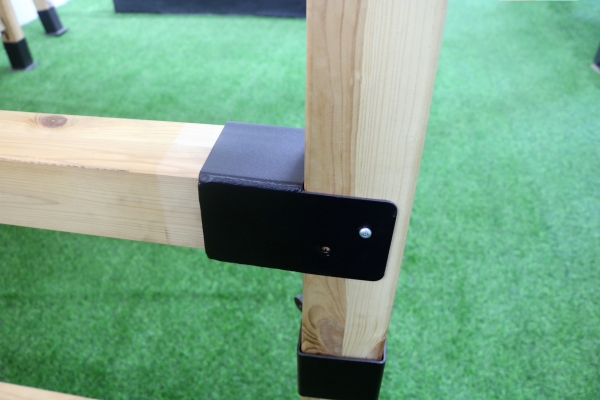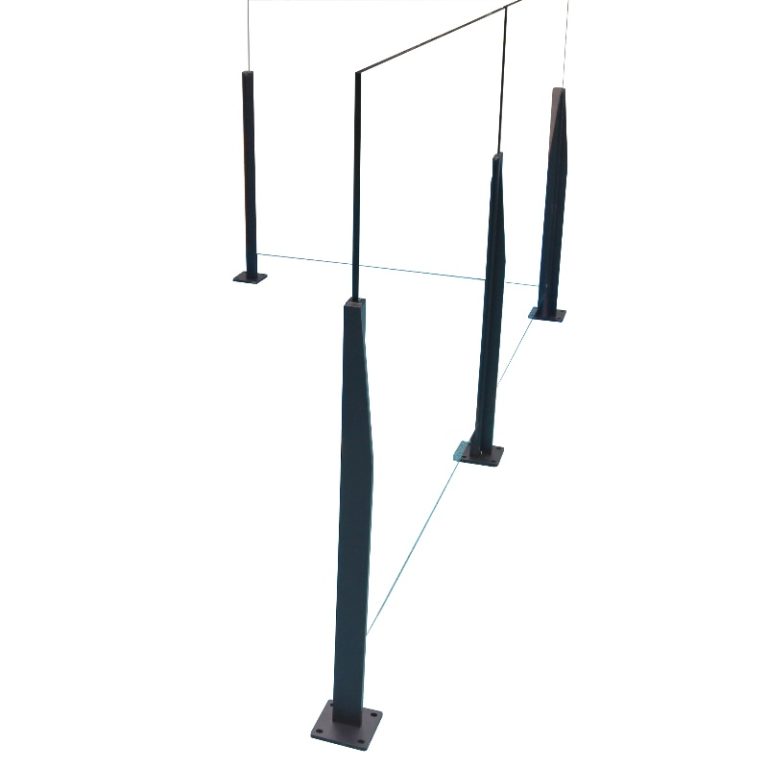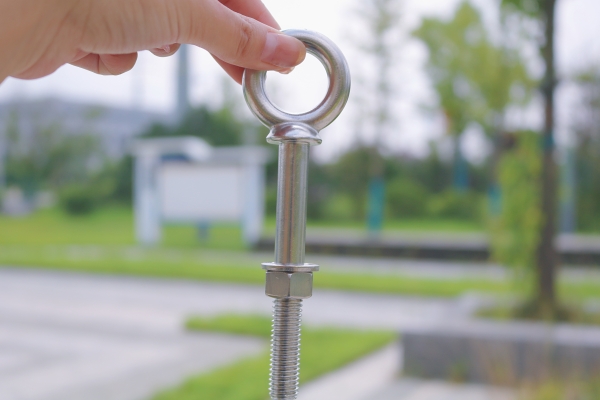Corrosion Resistance
Stainless steel hardware is commonly used in construction due to its high strength and corrosion resistance properties. When used in conjunction with aluminum structures, stainless steel hardware can have both positive and negative effects on the overall integrity of the structure.
One of the main benefits of using stainless steel hardware with aluminum structures is its superior corrosion resistance. Stainless steel is made up of a combination of iron, chromium, and other elements that create a protective oxide layer on the surface of the metal. This oxide layer acts as a barrier, preventing moisture and other corrosive elements from reaching the underlying metal. As a result, stainless steel hardware is less likely to rust or corrode when exposed to harsh environmental conditions, making it an ideal choice for outdoor applications.
In contrast, aluminum is a highly reactive metal that is prone to corrosion when exposed to moisture and other corrosive agents. When aluminum structures are fastened with stainless steel hardware, the difference in reactivity between the two metals can lead to galvanic corrosion. Galvanic corrosion occurs when two dissimilar metals are in contact with each other in the presence of an electrolyte, such as water. In this case, the aluminum acts as the anode and the stainless steel acts as the cathode, leading to accelerated corrosion of the aluminum.
To mitigate the effects of galvanic corrosion, it is important to use proper insulation or isolation techniques when fastening stainless steel hardware to aluminum structures. This can include using insulating washers or coatings to prevent direct contact between the two metals. Additionally, selecting stainless steel hardware with a similar or lower galvanic potential than aluminum can help reduce the risk of galvanic corrosion.
Another factor to consider when using stainless steel hardware with aluminum structures is the potential for stress corrosion cracking. Stress corrosion cracking is a form of corrosion that occurs in metals under tensile stress in the presence of a corrosive environment. When stainless steel hardware is tightened onto aluminum structures, it can create localized stress concentrations that make the aluminum more susceptible to stress corrosion cracking.
To prevent stress corrosion cracking, it is important to carefully control the tightening torque of stainless steel hardware when fastening it to aluminum structures. Over-tightening can lead to excessive stress on the aluminum, increasing the risk of stress corrosion cracking. Using proper installation techniques and following manufacturer recommendations for tightening torque can help minimize the risk of stress corrosion cracking in aluminum structures.
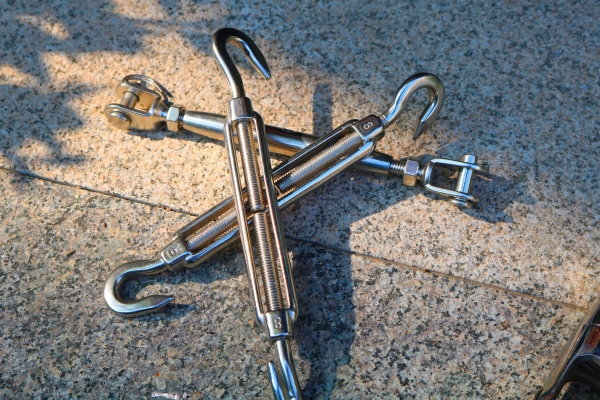
In conclusion, the use of stainless steel hardware with aluminum structures can have both positive and negative effects on the overall integrity of the structure. While stainless steel hardware offers superior corrosion resistance compared to aluminum, it can also lead to galvanic corrosion and stress corrosion cracking if not properly managed. By implementing proper insulation and installation techniques, the negative effects of using stainless steel hardware with aluminum structures can be minimized, allowing for a durable and long-lasting construction.


